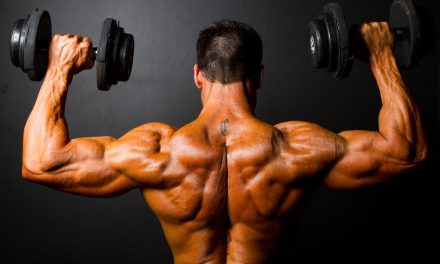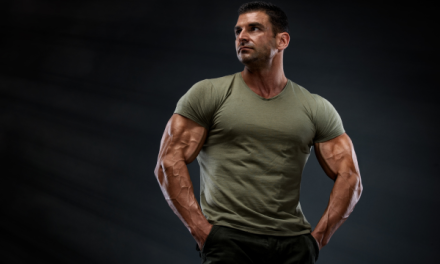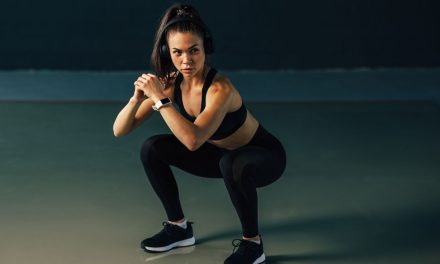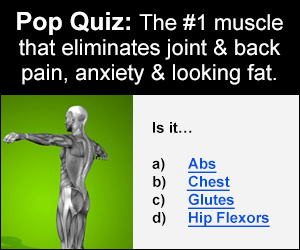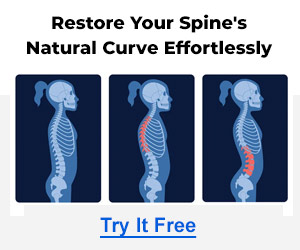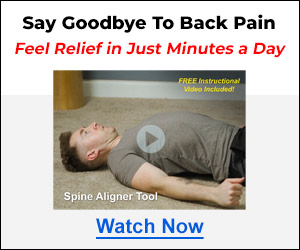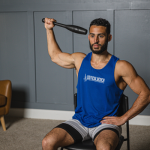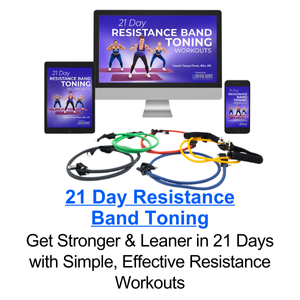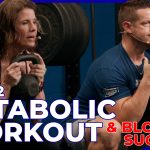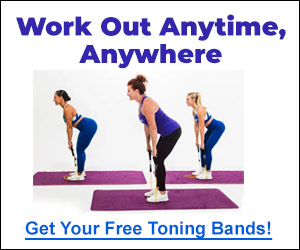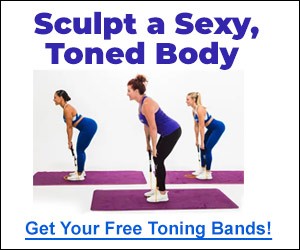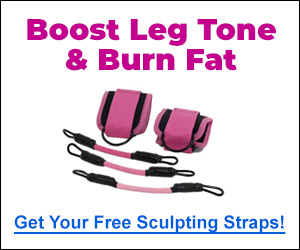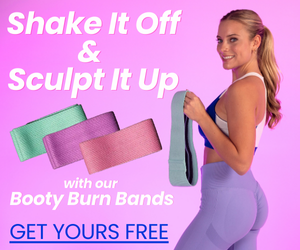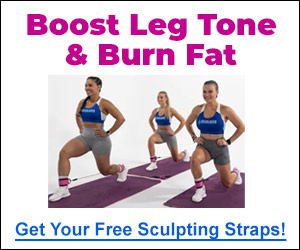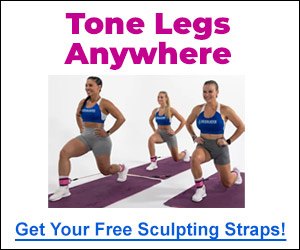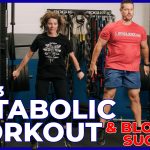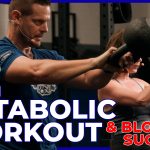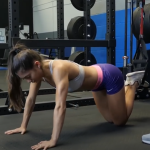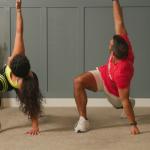Athletes from high school to the pros have a few things in common besides speed and muscle.
For one, they are focused on doing whatever it takes to maintain and improve their performance and this requires the proper mindset. While some may go too far to get an edge on their competition, others seek out ways to naturally boost their level of play and increase their mental toughness.
Secondly, these same talented, hardworking individuals do something else every day that destroys their ability to excel and it’s NOT what you think.
In an age when cell phones and tablets dominate our lives along with an excessive amount of sitting, it’s safe to say that our posture is suffering big time. This constant looking down to text throughout the day or craning over a keyboard for hours at a time puts the body into awful alignment causing forward head posture otherwise known as “texting neck.”
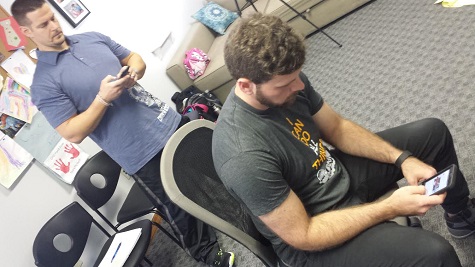
What’s scarier is even the most elite athletes can suffer from this ugly and physically limiting posture.
Surely you’ve heard the phrase, the mind is the body and the body is the mind.
All this means is that our mental and physical connection is so powerful that one can greatly influence the other.
Here’s an example to illustrate this point:
Let’s say you’re running for distance and your body begins to fatigue as you lose your form and you tell yourself, “there’s no way I can finish this.”
Chances are, you won’t. You just told yourself you couldn’t.
But if you’re mental state is strong you will maintain a more rigid upright posture and use positive, confident words like, “this may suck right now but I’m tougher than this and I’m going to make it!”
What really changed in these two scenarios? Simply the language you used when talking to yourself which instantly changed the way you carried yourself in that moment.
Regardless of what you’re doing in life, if you act strong and think strong, you will most likely ‘feel’ strong.
You may already be familiar with this kind of thing but what makes this response to improved posture even cooler is that there is real science proving this positive chemical reaction in the body.
A study by graduate students at Harvard and Columbia University concluded that displaying a ‘power-pose’ absolutely had effects on how the body functions. [1]
Basically Form = Function.
It Was Found that High-power Posers Experienced Elevations in Their Testosterone Levels With Decreases in Cortisol Levels
This also increased their feelings of power and tolerance for risk while low-power posers exhibited the opposite pattern.
In other words, if you’re slouching with your head down and arms closed off, chances are your feelings of self-confidence and power are at rock bottom. You don’t feel like a winner and therefore you won’t be a winner.

It’s very easy to look to nature or even the corporate world for more examples of this ‘power-pose.’
Think of images of a gorilla or elephant as they sit and walk confidently and proud across the land. They hold their head high and look out at the world showing their dominance.
How about the CEO of a company? He walks around the hallway tall and poised never closed off and hiding his body away. He wants his body language to scream success and determination to everyone he sees.
Holding a power-pose will boost muscle building testosterone levels, lower your stress causing and fat storing cortisol levels and increase your feelings of power and risk. All of those traits sound vital to achieving peak physical and mental performance as I’m sure you would agree.
This is why if you’re an athlete looking to perform at a high level, you always maintain a strong posture showing your opponent or onlookers that you’re ready and up to the challenge. This is not just for show, there are real hormonal implications involved.
So how do you ‘carry’ yourself?
In other words, when you walk into a room, into the gym or on the field, do you stand tall and confident with your head held high, shoulders back and chest forward? Or do you look down at the ground with your neck bent forward, back rounded and arms crossed?
The difference here is a gorilla neck versus a turtle neck.
Maybe you never gave it much thought before but now that you know how critical this ‘power-pose’ is, it’s time to act.
The study actually found that by holding a strong, powerful posture for just 2-minutes that it had tremendous impact on the subject’s physiological, psychological and behavioral state.
Here’s How to do the Movement and Quickly Get Yourself into a Position of Power
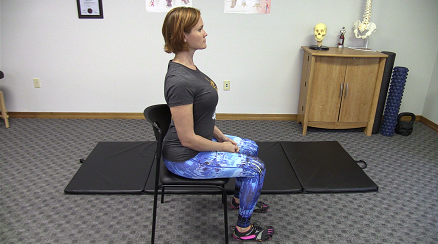
NOTE: You can do this movement from a standing or seated position. Example below based on seated.
-
- From a seated position, first tilt the pelvis forward creating a slight arch in the lower back which immediately helps to raise the chest.
-
- Then pull the shoulders down and back with your arms at your side.
-
- Next, lift the head and slightly tuck the chin making yourself as tall as possible.
-
- From this position you should now feel your back, glute and abdominal muscles working to hold you in this strong alignment.
- Begin by just holding this position for 5-10 seconds at a time and progress to holding it up to 2-minutes.
This can be done repetitively throughout the day helping to not only elevate testosterone and decrease cortisol but to also boost confidence, improve breathing and increase energy levels.
Do You Have Forward Head Posture?
Take This “Text Neck” Quick Self-Test To Find Out
References
[1] http://www.people.hbs.edu/acuddy/in%20press,%20carney
,%20cuddy,%20&%20yap,%20psych%20science.pdf



